Hi-def Italian mayhem
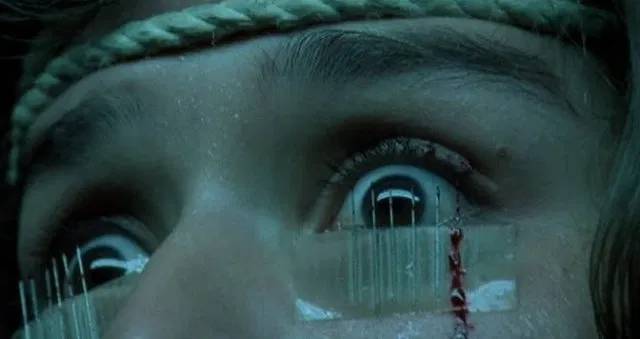
It wouldn’t be inaccurate to say that Italian genre cinema puts style over substance, sensation over narrative coherence. Which is not actually a negative criticism. At their best, these movies are exhilarating on both a visceral and aesthetic level. To insist that above all narrative should take precedence is to apply a standard taken from literature and theatre (where it also doesn’t strictly apply) and impose it onto a form which by its nature uses image and sound to provoke primal emotional responses. Movies have the power to affect us in ways similar to music; while we are able to interpret and analyze them intellectually, in the immediate experiential moment, we feel them, we immerse ourselves in the flow of those images and sounds and are filled with joy and sorrow, love and fear, pain and comfort…
Movies concentrate what we experience in our own lives (and things we may never personally experience) into brief, focused moments of clarity. It’s this emotional dimension which keeps drawing us back; through movies we experience myriad lifetimes which seem to have more shape and purpose than our own reality. But the personal experience we bring to our viewing perhaps sometimes resists the tidiness of a well-constructed narrative with a clear resolution that provides closure – life itself seldom gives us that, so some degree of incoherence and confusion in a way reflects our actual experience of the world. The aesthetic pleasure we take in these movies reassures us that things don’t always have to make sense and that’s okay.
Which is to say that I recently enjoyed watching three movies from the declining days of Italian horror at the end of the 1980s in gorgeous 2K restorations from Scorpion Releasing, even if they didn’t make a lot of sense.
*
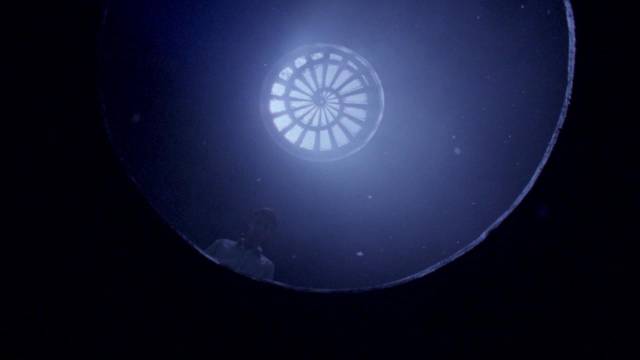
Michele Soavi
Michele Soavi was an actor and assistant director before turning to directing in the late ’80s. He made four stylish horror movies in seven years and then, with that market all but gone, launched a long and successful career in television, with only an occasional theatrical feature thrown in. I admit that I haven’t seen any of that TV work except for the excellent two-part poliziotteschi Uno Bianca (2001), and like most English-speakers I’m really only familiar with those first four features – beginning with Stagefright (1987) and ending with Dellamorte Dellamore (1994), a movie revered by fans which I haven’t seen in two decades (I have a copy on order right now, along with Stagefright, which I also haven’t seen in a long time).
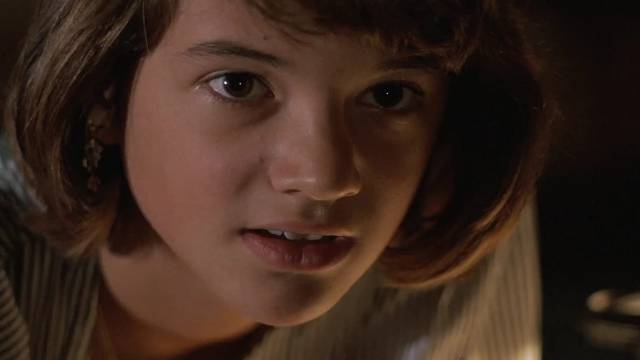
The Church (1989)
In between those two, he made The Church (1989) and The Sect (1991). Both have script weaknesses which Soavi almost overcomes with visual style and rich atmosphere. The Church in its finished form bears obvious traces of its origin as a proposed third film in Lamberto Bava’s Demons series, eventually trapping a group of people in the titular building as evil takes control, killing most of them in gruesome ways. But the purpose of that evil remains somewhat vague.
In a lengthy prologue set in Medieval times, a vicious group of knights led by priests massacre an entire village. The peasants are reputed to be witches (which it seems clear they are), but appear to be peacefully minding their own business. The murderous savagery of the knights, who kill everyone including children and old people, makes them rather than the witches seem like the malevolent force. After piling their victims into a mass grave, they seal the ground beneath a large cross and eventually a cathedral is built over it. So although viewer sympathy is almost inevitably with the murdered villagers, the narrative implication is that the witches’ “evil” has been sealed in and kept in check over the ensuing centuries.
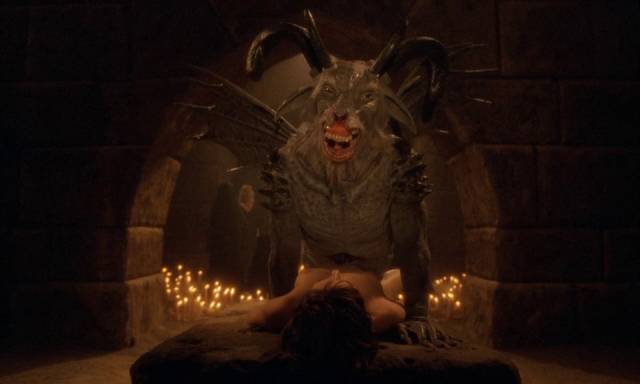
Jump to the present, and the church, now surrounded by a modern city, is undergoing renovations. A new librarian, Evan (Tomas Arana), arrives to begin cataloguing the old manuscripts and documents held in the cathedral, meeting restorationist Lisa (Barbara Cupisti), who is restoring the murals. They immediately start a relationship, which draws the scorn of the humourless Bishop (Feodor Chaliapin Jr), who warns Evan to stay out of the catacombs.
One thing, of course, leads to another. An ancient parchment is found sealed in a wall, Evan goes where he shouldn’t, and the seal is broken, unleashing the evil buried in a pit below. This force, embodied in sweeping camera movements that stalk the people trapped inside the church like a malevolent predator, begins taking possession of priests and visitors (including a party of school kids who seem totally ripe for the evil to unleash their inherent nastiness).
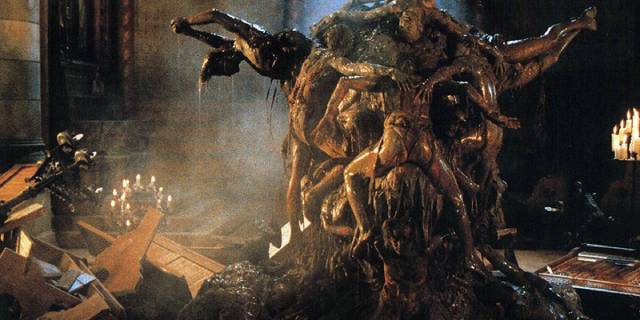
Although the implications of the prologue are muddled, it serves as an excuse for a series of set-pieces built on madness and violence. No doubt The Church would have been a stronger film with a more coherent script (it was written by Soavi in collaboration with Franco Ferrini and producer Dario Argento), but Soavi forges ahead with what he has, piling on style with a constantly active camera and benefiting from actors who manage to take things seriously. Distinguished Russian actor Chaliapin brings gravitas to the role of the Bishop, the only one aware of what’s really going on, while things are livened up by thirteen-year-old Asia Argento as Lotte, the adolescent daughter of the Sacristan (Roberto Corbiletto), whose family lives in quarters on the premises.
Because of the vagueness of the script, the big climax in which all the dead rise up in a writhing mound of cursed flesh doesn’t have as much impact as it might have, but Soavi always keeps it visually engaging and occasionally creates creepy, unsettling effects.
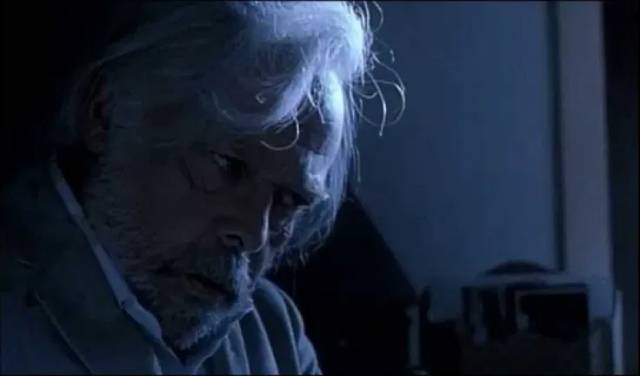
The Sect (1991)
Two years later, Soavi came out with The Sect (1991), which also begins with a prologue depicting mass murder. But this time it takes place in California in 1970, with obvious echoes of the Manson Family. A bunch of hippies living in campers by a lake are visited by Damon (Tomas Arana again), a wanderer whom they take in and feed … only to have him joined by several followers who help him slaughter them all in a ritual while invoking Satan.
Two decades later, a man follows a woman in a German city and cuts out her heart. Cornered by the police, he says he had no choice and commits suicide. Meanwhile, kindergarten teacher Miriam Kreisl (Kelly Curtis, Jamie Lee’s older sister) almost runs down an old man on a country road. He’s Moebius Kelly (Herbert Lom), who gives the impression of being some kind of vagrant. She takes him back to her rented house to recuperate … and weird stuff starts to happen. Miriam discovers that there’s a whole lot of rooms below the house, and a deep, sinister well, from which a strange blue contaminant gets into the water coming from her taps.
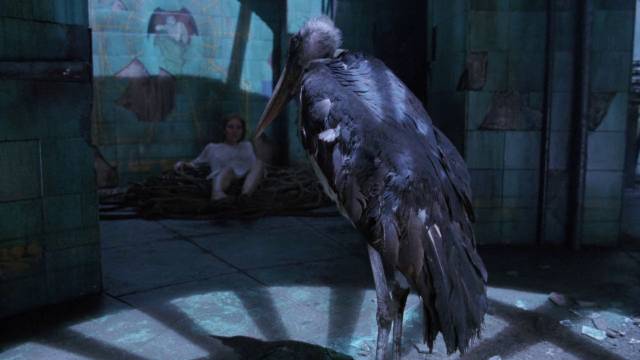
Not surprisingly, Moebius turns out to be connected with Damon’s cult and amid a whole lot of peculiar goings on (including the strange behaviour of Miriam’s pet rabbit, several deaths which lead to resurrections, and people who are not who they appear to be) it gradually becomes clear that Miriam has been chosen from childhood to become the future mother of the Antichrist. Despite all the echoes of other films, from Rosemary’s Baby through The Omen to all the Italian Satanic movies inspired by those successes, The Sect manages an unexpected ending which is surprisingly upbeat given the genre’s usual pessimism.
Both movies look excellent on the Scorpion Blu-rays, and come packed with copious special features. Each gets a commentary, plus hours of interview featurettes (two-and-a-half hours on The Church and almost three-and-a-half hours on The Sect).
*
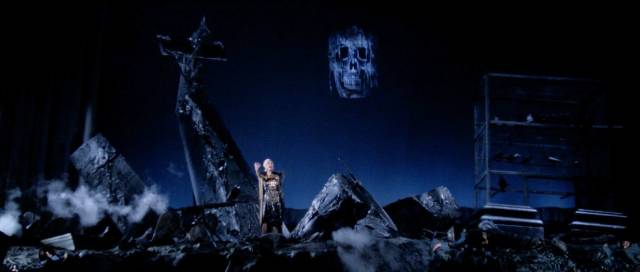
Opera (Dario Argento, 1987)
Although Dario Argento has continued to make gialli (six between 1993 and 2006, and another one possibly in the works), his last great one came in 1987 with Opera. (Which is not to say that some of the later ones are entirely without interest, particularly The Stendahl Syndrome [1996].) Although the climactic revelation of the killer’s identity and the protracted epilogue are rather weak, this is Argento’s most visually accomplished film since Suspiria (1977). While Argento had long been noted for his audacious use of the camera (particularly long, sweeping crane shots), he found perhaps his finest collaborator in British cinematographer Ronnie Taylor, whose work here is breathtaking. (Strangely, they only worked together again twice – on the disappointing Phantom of the Opera [1998] and the routine giallo Non ho sonno aka Sleepless [2001].)
Taylor had a career as a camera assistant, camera operator and second unit cameraman going back to 1942, working for greats like Carol Reed, Ken Russell, Stanley Kubrick and others, beginning a twenty-five year career as a DoP with Ken Russell’s Tommy in 1975. He obviously brought a wealth of experience and technical expertise when he signed on to shoot Opera at the age of sixty-three. The film is full of seemingly impossible shots; not just all the long fluid takes which carry us up stairways, along corridors, from room to room, but complex crane shots in which it takes flight, climaxing in the justly famous raven’s eye view as a bird circles the domed interior of the opera house, soaring and diving as the audience duck their heads and flee in panic when the bird finally attacks the killer and tears his eye out.
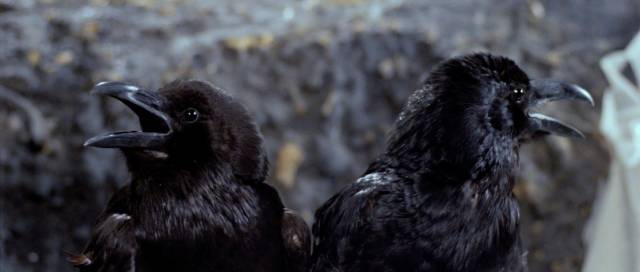
Eye trauma is one of the film’s defining motifs, with Argento rivalling Fulci with some cringe-making moments. As graphic as the climactic eye-pecking moment is, the film’s signature image is Cristina Marsillach as Betty, tightly bound, with needles taped below her eyes to prevent her from blinking so that she’s forced to watch as the killer brutally murders people around her. What she sees disconcertingly conforms to a childhood memory, or perhaps a dream she once had … a connection which is eventually revealed to involve her mother and a lover who engaged in sadistic homicidal games as a kind of foreplay.
Given the title, the film not surprisingly borrows quite a bit from The Phantom of the Opera, although here the “phantom” is not just motivated by a desire to advance a young singer’s career; the cost of his “help” is Betty’s participation in his sick, murderous sexual games. The script by Argento and Franco Ferrini effectively builds tension, although the de rigueur childhood flashbacks remain barely sketched in and the revelation of the killer’s identity feels a little arbitrary – and problematic given the age of the actor playing him, which suggests that he must have been barely out of adolescence when he was corrupted by Betty’s mother.
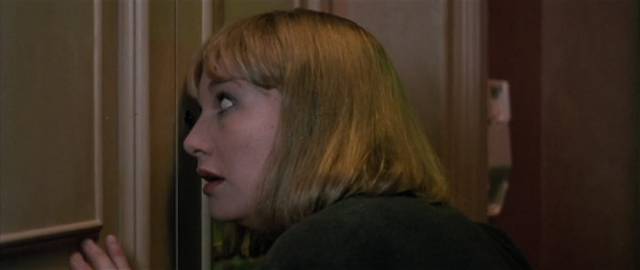

There’s also that protracted coda which seems to restart the movie after its natural ending, and relies on an utterly ridiculous plot device which even the most charitable viewer must have a hard time swallowing. These few issues keep Opera from reaching the level of Argento’s earlier gialli, particularly Deep Red and Tenebrae, but there can be no faulting his technique; he’s at his image-making peak here and the resulting exhilaration makes it easy to forgive the flaws. There’s also an interesting autobiographical footnote to the film: Argento had had a disastrous experience directing an opera on stage and here gets a little payback through the character of Marco (Ian Charleson), a film director mounting a radically experimental version of Verdi’s Macbeth, which makes an instant star out of newcomer Betty after the original diva cast as Lady Macbeth has an “accident” courtesy of the killer. The impressionistic set of the opera emphasizes the menace and horror inherent in the play and provides a visually striking setting for the more modern and perverse giallo narrative.
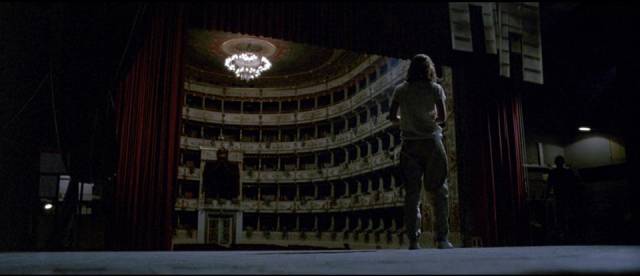
Scorpion went all-out with their special edition. There are three versions of the film, all drawing on a beautifully detailed 2K restoration, each on its own disk with several audio options in English and Italian and a collection of special features. Disks one and two contain the 107-minute international version in either 2.35:1 or 1.78:1 aspect ratio (the latter provides more head and foot room rather than cropping the sides), while disk three has the shorter U.S. cut distributed by Orion. This is presented in 2.35:1, although I have read that it should have been 1.78:1. Either way, the image is terrific.
Disk one has a Nathaniel Thompson commentary and interviews with Argento and supporting actress Coralina Cataldi-Tassoni totalling forty minutes. Disk two has a Troy Howarth commentary and interviews with actor William McNamara and actress Barbara Cupisti totalling sixty-three minutes, plus a music video. There’s no commentary on disk three, but there are three-and-a-half hours of featurettes, including a lengthy collection of behind-the-scenes footage and interviews with composer Claudio Simonetti, writer Franco Ferrini, special effects artist Sergio Stivaletti, makeup artist Franco Casagni, press agent Enrico Lucherini, actor Urbano Barberini, and film historian Fabrizio Spurio.
*
Add great packaging design to the excellent transfers of all three features and the copious extras and these Scorpion special editions are exemplary presentations of hugely entertaining films from the late days of Italian horror cinema.
Comments